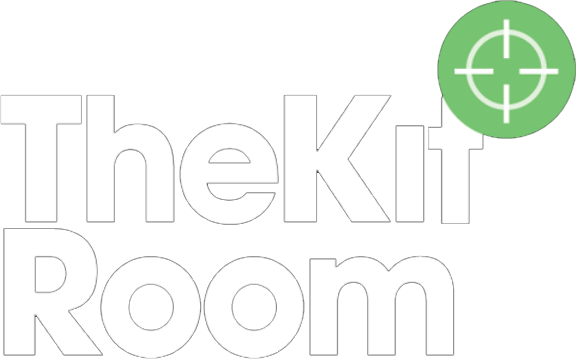
By JB on 22nd Mar 2020
The Sanken Cos-11D: Pros and Cons
With the constant battle for high end visuals people often forget there is a similar battle to deliver the clearest and best quality audio with each production too. Although a large range of lavaliere mics have been around for years The Kit Room has noticed a distinct increase in the requests for higher end mics with their wireless kits so we wanted to take a look and help you decide whether the extra cost is worth it for your production.
As the biggest increase in lapel requests we have witnessed is for Sanken Cos-11 lav mics, that is what we will focus on. The Sanken COS-11 Lavaliere Mic has been around for years and has been a very popular top end Lapel mic across drama and live events filming for a long time, but now factual productions are tapping into this range to because its use does bring some added audio bonuses and usability.
So what does the COS-11 bring to the table, the three main advantages are:
1. Size and build:
The Cos-11, especially compared to standard lapel mics like the ME-2, is a lot smaller and slimmer. This makes it ideal to conceal under subject’s clothing and accessories. It is also built with a small wire mesh that helps make the Cos-11 more water resistant, so has some protection again sweat, make up and weather that lapel mics might run into during a busy day of filming.
2. Clear and natural Sound Quality:
The mic gives a very clear, open and crisp sound making it one of the most natural sounding lavaliere mics on the market. This is ideal for factual productions as a reliable natural sound is what most productions are looking to achieve, and you can have that confidence with a mic like the Cos-11. It is also a true Omnidirectional lapel mic making its placement adaptable. As even if during filming the mic gets turned 90 degrees it will still pick up the same quality audio as when it was first placed. It also means that when your sound team are looking for spots to hide the mic it has more options as it doesn’t necessarily need to be mounted directly under the subject’s mouth. A lot of lower end lapels become quite directional at higher frequencies.
3. Interference and rustle resistant:
The build of the Cos-11 makes it resistant to RF-interference which makes it a good fit to be paired with a range of radio/wireless mic kits. Its size and small mesh cover also make it resistant to the usual rustles and scratches when placed under clothing.
As with all good pieces of kit there is a wealth of pros for using this mic, but to give it a fair examination we also need to look at the draw backs so you can decided if its pros out weight the cons.
Some of negative points we have found are:
1. Pricing:
The first and most obvious draw back of the Cos-11 when comparing to standard lapels like the ME-2 is the price. At a lot of rental companies, the Cos-11 is an additional charge to go with a radio mic kit whereas the ME-2 would be included for free with a G3/G4 kit. Also, its purchase price is around three times that of an ME-2 so replacement costs for damages etc can be considerably higher if you don’t look after the mics.
2. Connector strength:
As we have discussed the size of the Cos-11 is smaller than some standard lapels but this can be seen as a draw back too. As the cable is thinner it means that the wire soldered into the chosen connector (3.5mm jack or lemo etc) can be more fragile than an ME-2 which has a moulded strain relief on the connector end. This means that we have noticed the Cos-11 are slightly more prone to being pulled apart at the connector end if a subject accidently traps or tugs on the cable.
3. Sensitivity:
As with many higher end mics the Cos-11 is slightly more sensitive. This isn’t necessarily a bad point as the mic would usually be hidden under clothes so this would be reduced. But it does mean that you would potentially need to set your audio levels lower than with other lapel mics depending on your shooting situation.
All in all, the positives associated with a higher end lapel mic like the Cos-11 definitely outweigh any negatives but for many productions price is always an important factor. Whilst the audio quality is better with a Cos-11 in many shooting situations some productions may not see the full benefits. As in some shooting scenarios you will not be able to hear the difference.

